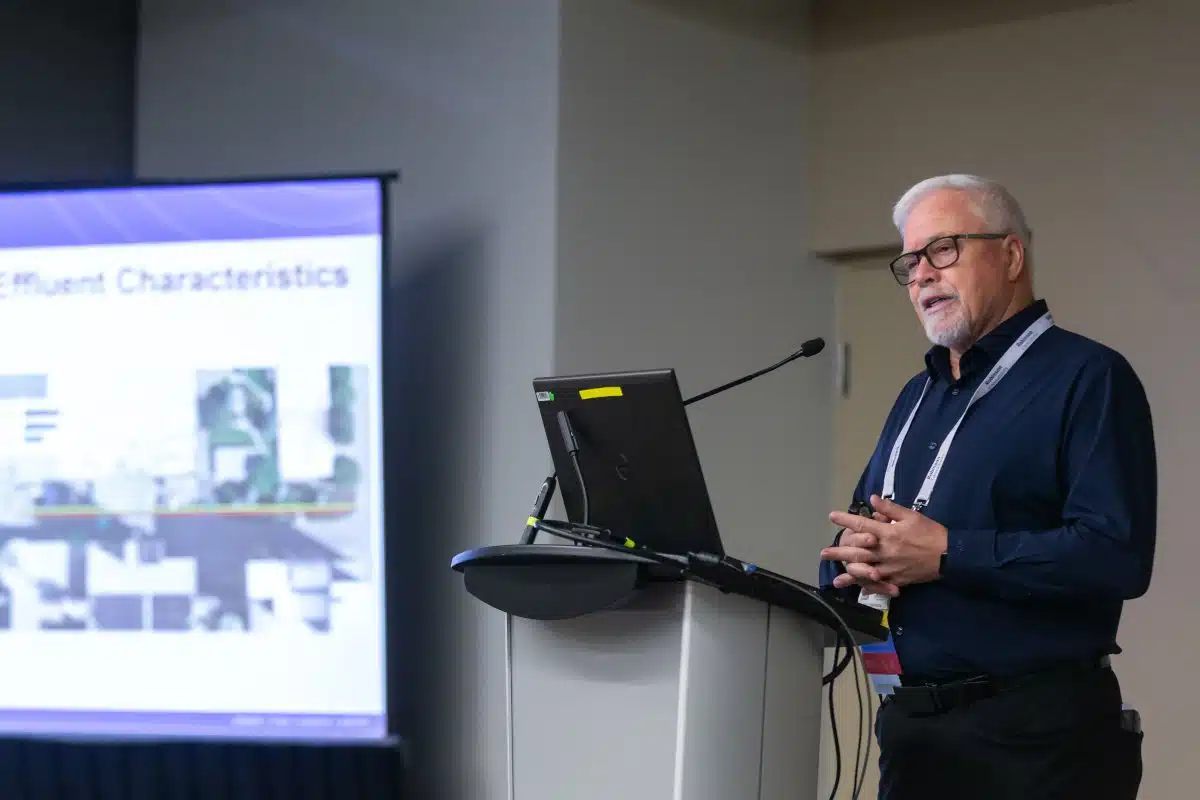
Editor’s Message – Let Them Know, What’s Below
At the beginning of March, the American Society of Civil Engineers (ASCE) released its Report Card for American Infrastructure. On the plus side, the score improved from the last report card in 2017. Phrasing it like that, you might say to yourself, “That’s great, our infrastructure is improving.” But woah, slow the excitement, return the party favors and the cake and ice cream because it went from a D+ to a C-.
The fact of the matter is that while things like drinking water, energy and aviation increased, the section we are most concerned with here at Pipe Cleaning PRO, the wastewater grade hasn’t moved at all and remains at D+.
Here is a nice little breakdown of the Wastewater scores from our friends at Water Finance & Management.
The nation’s more than 16,000 wastewater treatment plants are functioning, on average, at 81 percent of their design capacities, while 15 percent have reached or exceeded it. Growing urban environments signal a trend that these facilities will increasingly accommodate a larger portion of the nation’s wastewater demand.
Though large-scale capital improvements have been made to systems experiencing sanitary sewer overflows, efforts have slowed in recent years. As many treatment plants and collection networks approach the end of their lifespans, the financial responsibilities for operation and maintenance will become more costly. Estimates indicate that utilities spent over $3 billion in 2019, or more than $18 per wastewater customer to replace almost 4,700 miles of pipeline nationwide. Recently, the more prevalent use of asset management plans enables 62 percent of surveyed utilities to proactively manage wastewater infrastructure maintenance rather than reactively respond to pipeline and equipment failures. As of 2019, the annual water infrastructure capital investment gap was about $81 billion.
If you want to find out more about this score and how other segments of the United States infrastructure fared, visit infrastructurereportcard.org.
Now you might be thinking what this has to do with us. The fact of the matter is, that as an industry, it’s the people who are doing the work — the plumbers, the drain cleaners, the inspection companies — who need to get out and evangelize the importance of assessing and repairing our underground infrastructure.
It takes money from the top of the food chain to improve our nation’s infrastructure and it appears that — once again — the leadership in Washington D.C. wants to make that happen. Unfortunately, it also seems that this is a group — I’m talking about all elected officials here not a particular party — that runs on promises of infrastructure packages and that slowly falls by the wayside as other “more pressing” matters come to the forefront.
Especially, when it comes to underground infrastructure, it’s very much out of sight and out of mind. As an industry you can help by talking to your local elected officials and letting them know what you’re seeing on the job every day. You can also get involved with our many industry associations that often work to lobby for our industry at the federal level.
Contact Us
Another way to help get the message out is by sharing your stories. That’s where Pipe Cleaning PRO comes in. It’s simple really, we bring you the best and most in-depth coverage of North America’s sewer and drain cleaning, inspection and repair industry. We want to be the messenger — through our six print issues a year, our website and our social media channels — about the importance of the industry.
To make this happen, I call upon you to interact with us. Whether it be on our social media sites, via a phone call to 330-752-1916 or an email to mkezdi@benjaminmedia.com — we rely on you, our readers, to share your stories and ideas.
Cheers!




